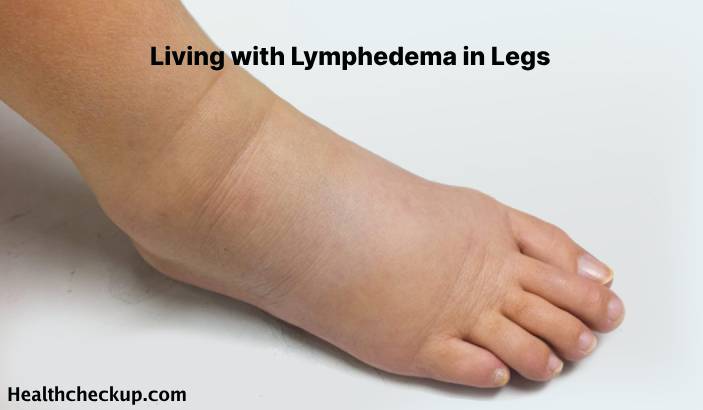Lymphedema in the legs is a chronic and often misunderstood condition that affects countless individuals worldwide. In this comprehensive article, we will dive into the intricacies of lymphedema, exploring its causes, symptoms, available treatments, and what it’s like to live with this condition.
Understanding Lymphedema in Legs
Lymphedema is a chronic condition characterized by the accumulation of lymphaticfluid in the tissues, resulting in swelling, particularly in the arms or legs. When it occursin the legs, it’s referred to as lymphedema in the legs.
Causes of Lymphedema in Legs
- Primary Lymphedema: This form of lymphedema is typically caused by acongenital abnormality in the lymphatic system. It can manifest at birth ordevelop later in life.
- Secondary Lymphedema: Secondary lymphedema is more common and is often the result of damage or blockage to the lymphatic system. Common causes include cancer treatment (surgery, radiation therapy), infection, trauma, or obesity.
Symptoms of Lymphedema in Legs
Lymphedema can vary in severity, and its symptoms include:
- Swelling: The most noticeable symptom is swelling in one or both legs, which can range from mild to severe.
- Heaviness and Discomfort: Affected individuals often describe a feeling of heaviness or discomfort in the affected leg(s).
- Limited Range of Motion: As lymphedema progresses, it can limit the range of motion in the affected limb.
- Skin Changes: Skin changes, such as thickening, hardening, or discoloration, occur over time.
- Recurrent Infections: Due to the compromised lymphatic system, individuals with lymphedema are at a higher risk of developing skin infections in the affected area.
Living with Lymphedema in Legs
Living with lymphedema in the legs can be challenging, but with proper managementand support, individuals can maintain a good quality of life.
Self-Care and Management
- Compression Therapy: Wearing compression garments, like compression stockings, is a common management technique. These garments help reduce swelling and improve circulation.
- Skin Care: Maintaining good skin hygiene and moisturizing the affected area is essential to prevent infections and skin complications.
- Elevation: Elevating the legs when sitting or resting can assist in reducing swelling.
- Exercise: Engaging in gentle, low-impact exercises can promote lymphatic flow and muscle function.
Treatment Options
- Manual Lymphatic Drainage (MLD): A specialized massage technique performed by trained therapists, MLD can help move lymphatic fluid and reduce swelling.
- Complete Decongestive Therapy (CDT): CDT is a comprehensive approach that includes MLD, compression therapy, skin care, and exercise.
- Surgery: In severe cases, surgical options like lymphaticovenous anastomosis(LVA) or vascularized lymph node transfer (VLNT) is considered.
Emotional and Psychological Impact
Living with lymphedema can have a significant emotional impact. Coping with the physical changes, potential pain, and the need for ongoing self-care can be challenging. Support groups and counseling can be valuable resources for individuals and their families.
Conclusion
Lymphedema in the legs is a complex and often misunderstood condition. It can result from a variety of causes, and its symptoms can range from mild to severe. While there is no cure for lymphedema, there are effective management strategies and treatments available to improve the quality of life for those affected.
Living with lymphedema in the legs requires a multifaceted approach that includes self-care, medical management, and emotional support. With the right resources and a strong support network, individuals with lymphedema can manage their condition and enjoy a fulfilling life.
In conclusion, understanding the causes, symptoms, and treatment options for lymphedema in the legs is crucial for both affected individuals and their caregivers. By raising awareness and providing proper care and support, we can enhance the lives of those living with this chronic condition








